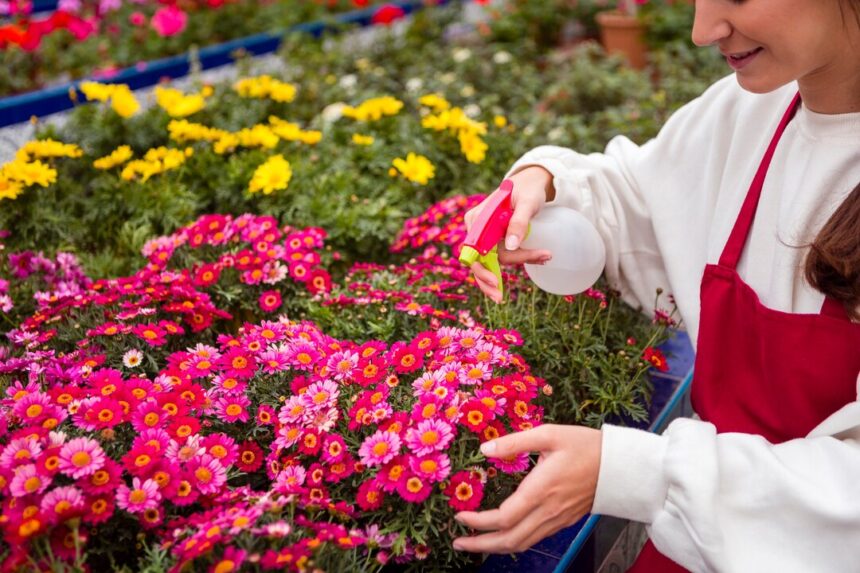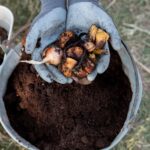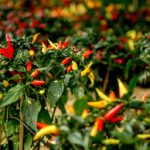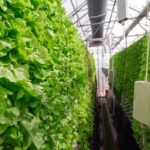Flower farming is a lucrative opportunity for South African farmers, with high demand from the local market and export opportunities. However, flower farming requires precision, dedication, and an understanding of the challenges associated with cultivating these delicate crops. Here are 10 common mistakes flower farmers make and how to avoid them for a successful and profitable business.
1. Poor Soil Preparation
One of the most common mistakes in flower farming is failing to prepare the soil properly. Flowers require nutrient-rich, well-draining soil to thrive.
- Solution: Conduct soil tests to assess pH, nutrient levels, and texture. Amend the soil with organic matter like compost or manure and ensure proper tilling for aeration.
2. Ignoring Climate Requirements
Different flowers thrive in specific climates. Planting varieties that are unsuitable for your region’s weather can result in poor growth or crop failure.
- Solution: Research the ideal growing conditions for the flowers you intend to plant. For instance, roses require moderate temperatures, while succulents prefer drier climates.
3. Choosing Low-Quality Seeds or Cuttings
Using inferior-quality seeds, bulbs, or cuttings often leads to low yields or disease-prone plants.
- Solution: Purchase seeds and cuttings from reputable suppliers. Look for disease-free certifications and ensure they’re suitable for your specific growing conditions.
4. Neglecting Pest and Disease Management
Flowers are highly susceptible to pests and diseases, including aphids, spider mites, and fungal infections. Many farmers overlook the importance of pest control, leading to damaged crops.
- Solution: Implement integrated pest management (IPM) practices, including the use of biological controls, natural repellents, and chemical sprays where necessary. Regularly inspect plants for signs of pests or diseases.
5. Overwatering or Underwatering
Water management is critical in flower farming. Overwatering can cause root rot, while underwatering leads to stunted growth.
- Solution: Install a drip irrigation system to provide consistent moisture. Monitor soil moisture regularly using sensors or manual checks.
6. Poor Spacing of Plants
Crowding plants is a common mistake that limits airflow, promotes disease, and reduces flower quality.
- Solution: Follow recommended spacing guidelines for each flower variety. Proper spacing improves air circulation, light penetration, and overall plant health.
7. Ignoring Post-Harvest Handling
The value of flowers depends heavily on their post-harvest quality. Mishandling flowers after harvesting can lead to bruising, wilting, or reduced shelf life.
- Solution: Harvest flowers early in the morning when temperatures are cooler. Use clean, sharp tools and immediately place harvested flowers in clean water or a hydrating solution.
8. Lack of Market Research
Growing flowers without understanding market demand can result in oversupply, low prices, or unsold stock.
- Solution: Study local and international market trends. Identify high-demand varieties like roses, lilies, or proteas. Consider niche markets, such as organic or exotic flowers.
9. Overlooking Seasonal Planning
Planting flowers at the wrong time can lead to poor yields or flowers blooming when there is no market demand.
- Solution: Plan your planting schedule based on the growing cycle of each flower and market demands. For instance, ensure flowers are ready for Valentine’s Day or wedding seasons.
10. Scaling Too Quickly Without Proper Infrastructure
Expanding your flower farm too fast without investing in infrastructure, labor, or training can result in poor management and losses.
- Solution: Start small and perfect your farming practices. Gradually scale operations while investing in greenhouses, irrigation systems, and skilled labor.
Tips for Success in Flower Farming
- Invest in Technology: Tools like irrigation systems, temperature sensors, and crop monitoring apps can improve efficiency and yields.
- Adopt Sustainable Practices: Compost organic waste, use eco-friendly pest control methods, and conserve water to align with global sustainability trends.
- Diversify Varieties: Grow a mix of annuals, perennials, and specialty flowers to cater to diverse markets and reduce risks.
- Focus on Quality: High-quality flowers command better prices. Ensure proper pruning, pest control, and handling to maintain top quality.
Flower farming in South Africa has immense potential, but success depends on careful planning and attention to detail. By avoiding common mistakes such as poor soil preparation, neglecting market research, and improper watering, farmers can achieve thriving crops and maximize profits. With dedication, the right tools, and continuous learning, flower farming can become a sustainable and rewarding agricultural venture.
Join 'Farmers Mag' WhatsApp Channel
Get the latest Farming news and tips delivered straight to your WhatsApp
CLICK HERE TO JOIN






